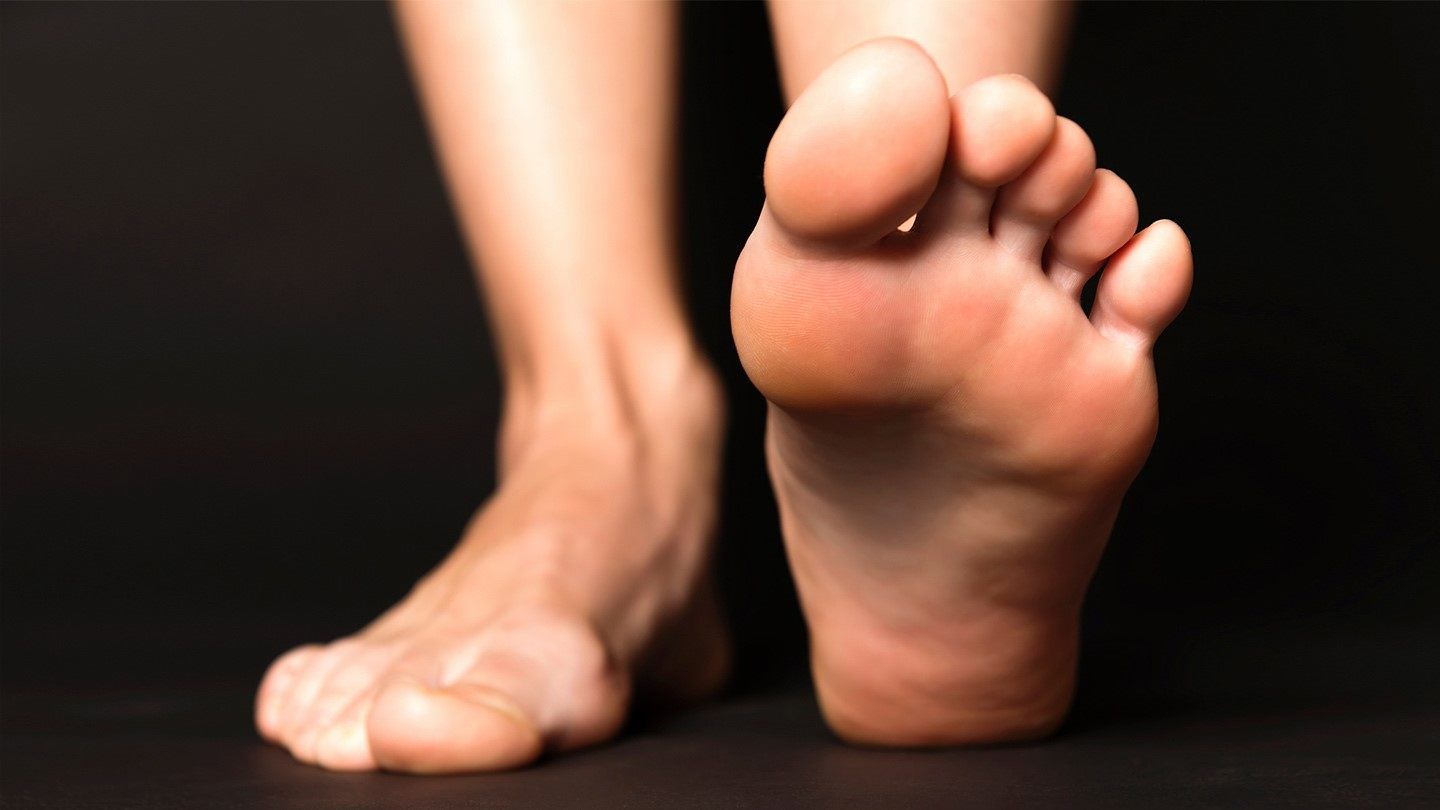Diabetes leads to leg and foot injuries and puts you at a higher risk for calluses, corns, bunions, ulcers, and blisters. Higher blood sugar can make these minor foot issues potentially disabling; thus, you should have a foot care plan which keeps the feet in good shape. You should look for a Bakersfield diabetic foot care expert who can educate you on proper foot care. These diabetic foot care tips will keep the feet in good shape.
Inspect the Feet Regularly
You can experience nerve damage on the feet, making it difficult to feel cracks and sores. Thus, it may be better to inspect your feet daily for any issues when you have diabetes. Some signs of feet problems include color changes, sores, dry feet, and cracked skin. Since you would have lost sensitivity, the issues can escalate easily to serious health concerns as they become painless. You may place the mirror on the floor to inspect under the feet, and you can ask a friend or partner to inspect the feet if you cannot see all the areas.
Avoid Hot Water
Nerve damage due to diabetes can make it challenging to tell if the bathwater is too hot; thus, it would be better to avoid testing bath water with your feet. You can invest in a good thermometer to test the bathwater as you could scald the skin without realizing it. Stepping into a bath without checking the water temperature can lead to serious burns and blisters, which become infections. The elbow might be effective for checking the water temperature when you don’t have a thermometer.
Use Diabetes-Friendly Foot Water and Socks
When shoe shopping for someone with diabetes, the shoes should have more depth in the toe box and good top and bottom coverage. Moreover, it should not have seams that can rub the foot leading to bruises. Your socks should be seamless, padded, and made of cotton or other materials which absorb moisture.
Avoid Going Barefoot
You can wear shoes or socks around the house as going barefoot predisposes the feet to injuries. Thus, it is better to buy indoor shoes which prevent small cuts, scrapes, and penetration by glass shards. You might not notice the small cuts until they become infected; thus, proper foot protection against cuts improves feet health.
Keep the Feet Dry
Dry feet are least likely to be infected, so drying them should be an important part of daily hygiene. The space between the toes might be airtight, leading to fungal infection. You can towel the feet effectively and immediately remove the sweaty socks and shoes. You can apply a moisturizer on dry and cracked skin, but avoid putting it between the toes.
The Bottom Line
Diabetic foot care is an important part of personal healthcare routines as one is prone to nerve damage. Nerve damage makes it difficult to treat cracks and injuries as one might not feel pain leading to serious health concerns. It is wise to inspect the feet daily, wear comfortable shoes and socks, and keep them dry.
